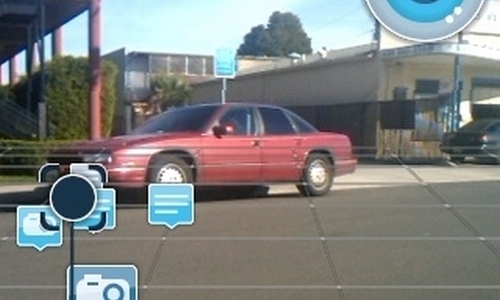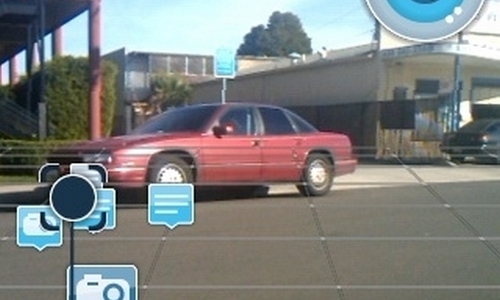Vagabondish is reader-supported. When you buy through links on our site, we may earn a small affiliate commission. Read our disclosure.
We push Augmented Reality stories on you for the same reason we periodically post soccer stories. There are certain things that are so important – or will become so important – that it’s veritably our responsibility to keep you abreast on developments. When it comes to updates on The Beautiful Game, it’s because we’re trying to ensure that you remain decent human beings. On the topic of Augmented Reality, it’s because it will soon be everywhere and travelers should get familiar with it sooner rather than later.
Within just a few years, Augmented Reality will be as ubiquitous in daily life as computers are today. There are already all kinds of small niche applications that are filling in crevices. One of the most recent is a Stella Atrios iPhone program, which adds a map layer alerting users to bars serving fine Stella lagers. In addition to being a simple branding move, we anticipate more than a few hipsters will let their iPhone guide their bar hopping because it’s just so cool. Stella doesn’t even have to directly reap the sales. What’s important is that bar owners think merely carrying the beers will bring in customers.
Of course what’s really missing is the ability to match arbitrary ads with arbitrary AR applications. That’s when the technology will really take off. Putting “commercials” into AR apps will give programmers an incentive to craft newer and more mind-blowing layers, the promise being that more popular apps will mean more ad impressions will mean more revenue. In many ways AR advertising might be a kind of tipping point, one that experts anticipate will ripen some time… umm… two weeks ago:
Today, Brightkite has launched what it calls the first augmented reality advertising solution in the U.S. Brightkite has partnered with Best Buy to run augmented reality advertisements within the Brightkite app for Android and the iPhone through the end of December. For the last few months, the company has allowed its users to see what their friends are doing around them ”” as well as photos of and comments about nearby places. Now the company is just extending that idea to its natural conclusion: advertising. By using targeted information ”” like names of places you frequently visit and activities you frequently engage in ”” geo-targeted marketing has the potential to be really effective.
Well, you weren’t really expecting to get all that good stuff – everything from time travel to searching physical reality – to stay hassle-free? Companies in some of the more relaxed parts of Asia and Europe were already pushing SMS ads to passing cell phones, and RFID chips were set to be the next iteration of the theme. AR ads are just prettier and potentially more intrusive versions of the same underlying idea.



